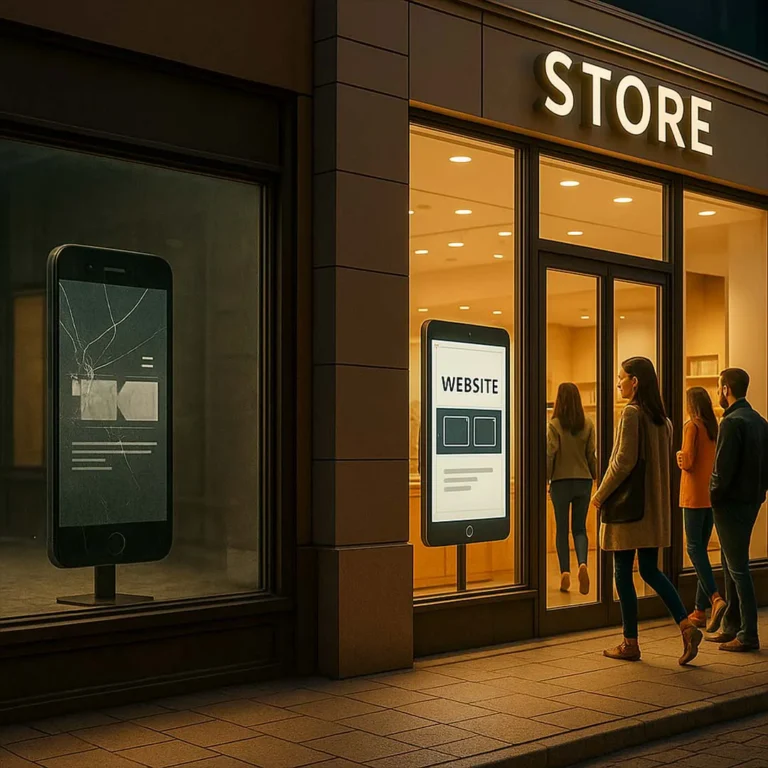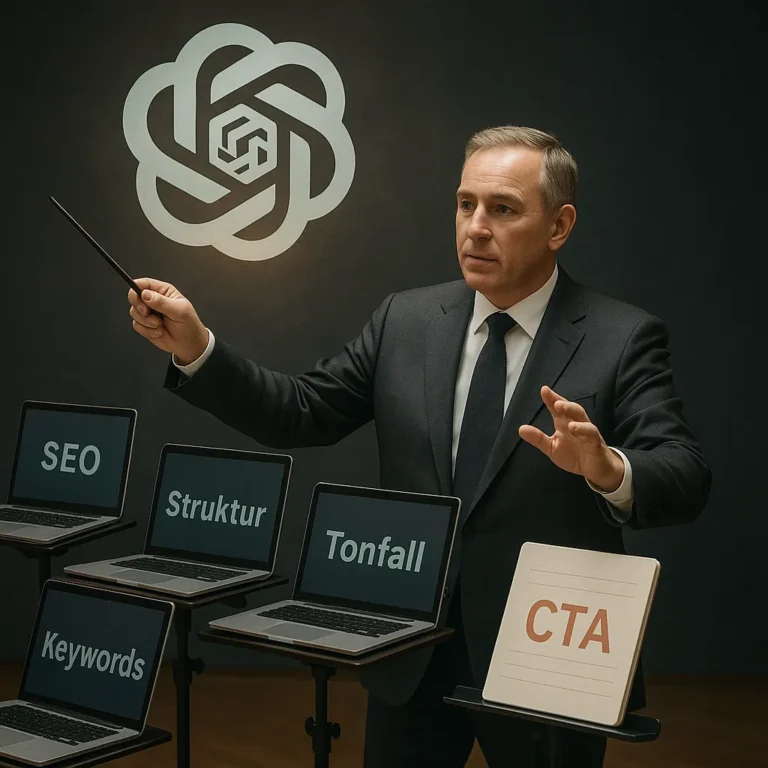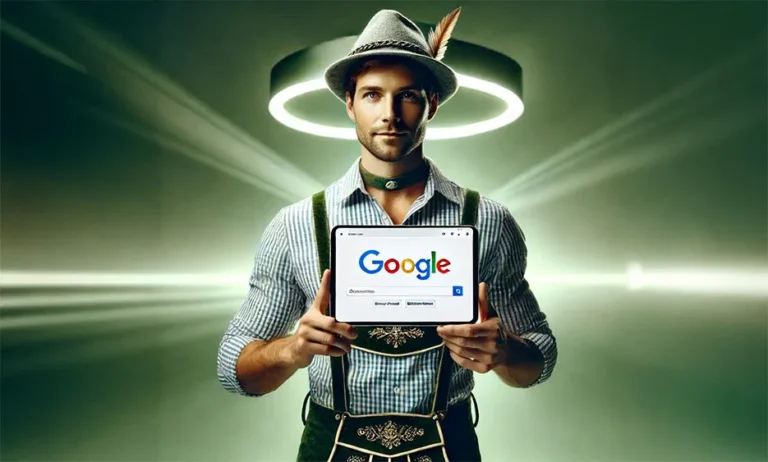How to go mobile-first: Web design tips that boost traffic
Mobile-first determines visibility, trust, and conversion in B2B because Google primarily evaluates websites on mobile devices. Learn how you can quickly win over decision-makers and gain more qualified leads with fast loading times, a clear structure, and a strong mobile UX.









